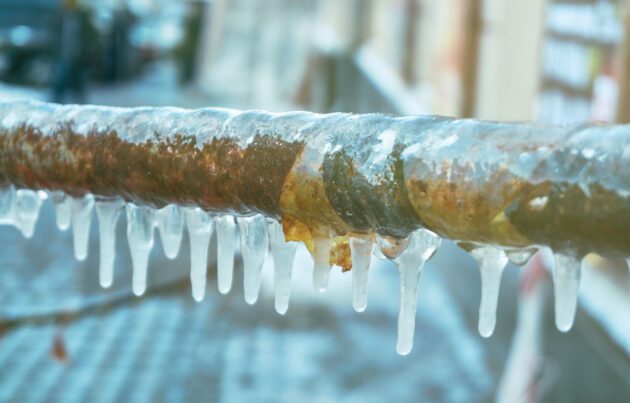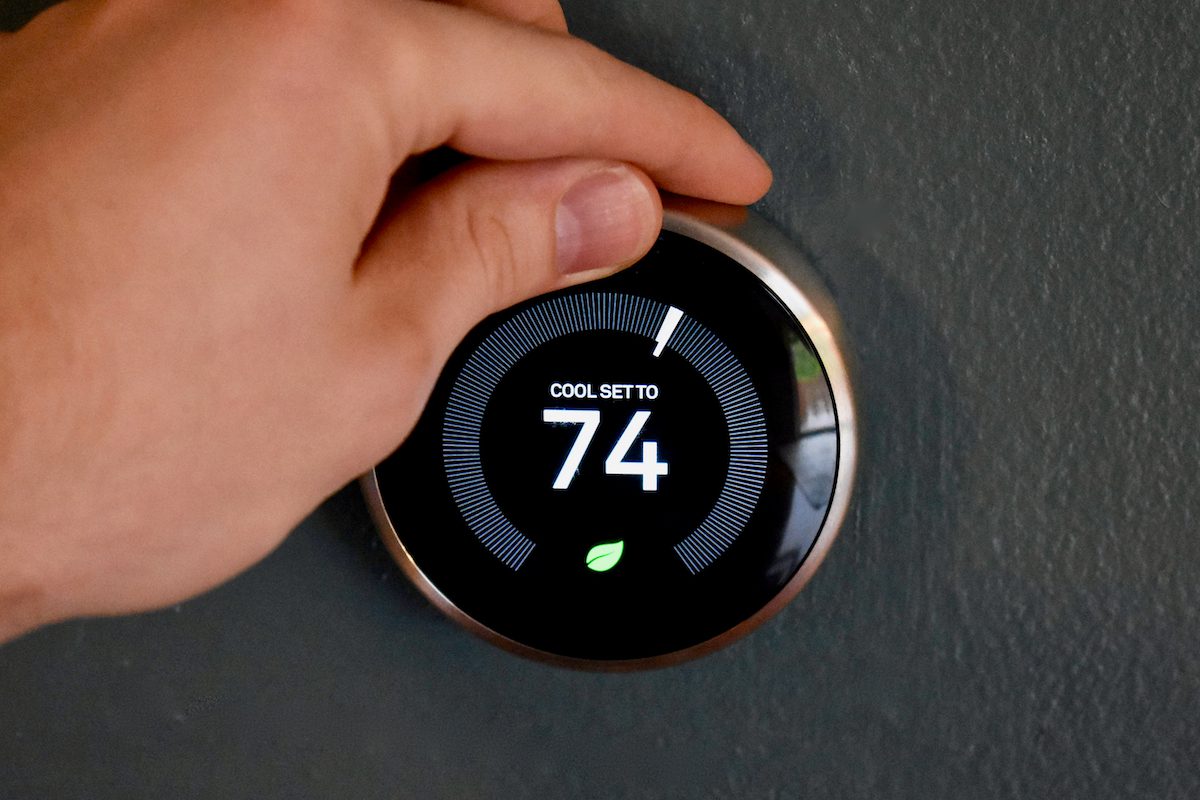How to Prevent Frozen Pipes in Your Rental Home
Frozen pipes mean unwanted flooding and plumbing that doesn't work. Because they're a fear of many residents in cold climates, both property managers and renters alike are keen to avoid this often costly nuisance. Fortunately, there are many actions you can take to prevent a frozen pipe and also to thaw a frozen pipe before it bursts. Follow these guidelines to avoid this dreaded winter plumbing issue.

Winterize outdoor plumbing
Begin your campaign against frozen pipes by tackling the most vulnerable plumbing and faucets in your rental property. Cover and insulate outdoor faucets (such as foam covers at your hardware store). Disconnect and store garden hoses in advance of the cold winter season.
If you have an indoor shut-off valve for your exterior faucets, this can help drain additional water from the outdoor spigots, too. By leaving your outdoor faucets and spigots empty, there will be no to water to freeze and expand with the changing temperatures. No water = no freeze.
Insulate vulnerable pipes
Pipe insulation isn't just for the outdoors. In fact, many people get surprised by how little insulation is often on indoor piping that is near exterior walls and away from internal heat sources. For visible and unshielded pipes in your home, many people prefer adding premade foam insulation along the pipe that you can buy at your local home store. Because they're affordable and easy to install, these pipe insulators are common.
For pipes that may get direct cold, such as under the house or near an exterior, you may need more heavy-duty insulation, such as heat tape which will actively heat and prevent pipes from freezing. In addition, work to seal gaps that allow cold air to affect your pipes using foam insulation, weatherstripping or other methods as needed.

Protection during an active freeze
Those who live in the coldest climates know there is regular freezing and then there is frozen. As temperatures drop below zero, your daily methods of preventing frozen pipes simply aren't enough.
During active freezing events, such as sub-zero temps or winter storms, you will need to take some action inside your buildings. This is where renters and property managers may need to work together.
Do not drop your thermostat during the coldest times. Instead, keep your thermostat as high at night as you would during the day, and don't let interior temps drop below 55 degrees and turn on your most vulnerable faucets and keep them running at a trickle. This constant flow of water can help prevent freezing. For landlords and property owners, it will likely be more affordable to offer tenants a utility credit towards extra costs than to fix a burst and leaking pipe, so prioritize protecting your property.
In addition, some people also use temporary winterizing solutions, such as plastic window films, to add an extra layer of insulation indoors, keeping temperatures higher overall.
Make preventing frozen pipes a priority
Secure and insulate all outdoor piping to prevent the most vulnerable pipes from freezing. Inspect, cover and insulate vulnerable indoor plumbing, as well. Also, remember to keep indoor temperatures at a minimum of 55 degrees through the use of upgraded insulation, thermostat and climate management or a combination of both. In the event of severe winter weather, consider leaving vulnerable faucets running at a trickle to prevent a hard freeze.
